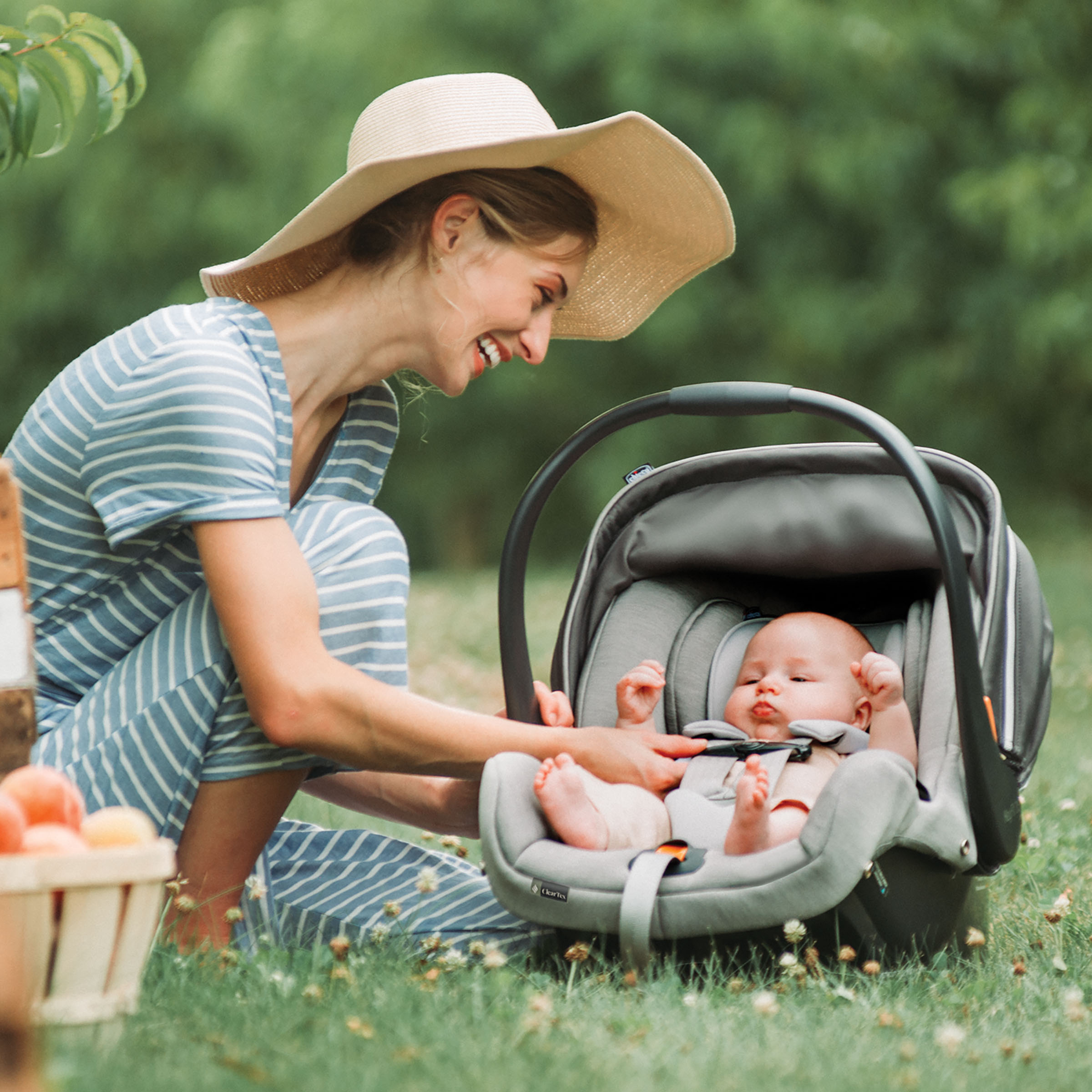With September being Baby Safety Month, it’s a great time to brush up on car seat safety. It’s important to remember that safety recommendations can change. Keep up-to-date and stay informed to keep your little ones safe!
Don’t skip the booster phase. The research analysis showed a sharp decrease (59%) in car seat use from age 7 to age 8—an age that saw significant injuries reported—indicating that parents may be transitioning their children out of car seats too early. Many parents may not know that seat belt fit is more about their child’s height than age (many state laws focus on age only.) But based on their size, children 10 years old or older may benefit from using a booster seat. Most booster seats accommodate children up to a height of 57 inches.
Children should always use a restraint when riding in vehicles. Shifting from a car seat to a vehicle seatbelt too early isn’t the only issue—nearly four in ten (38%) of children aged 7–10 killed in a car accident were completely unrestrained and, of the youngest children (aged 0–3), nearly one in four (24%) who were killed were unrestrained. The use of no restraints, which is defined by this dataset as not using a child car seat, booster seat, seatbelt, nor strapped into the vehicle in any manner, is alarming. Parents should be diligent in ensuring their child is properly restrained in the car before it is in motion, especially if the child is not old enough to secure themselves.
Know when to transition your child. In general, it is recommended to maximize rear-facing car seat use for younger children until maximum weight and height limit, as recommended by the American Academy of Pediatrics. Additionally, multiple states have laws that require your child to stay rear facing until two years old, so be sure to check your state’s laws before making the change.
Travel safely with children using rideshare services. Families are on-the-go and using different forms of transportation more than ever. When choosing rideshares, it’s important to familiarize yourself with how your car seat works before taking the trip and always use best practices when installing so the child is secure upon sitting down. Be sure to check review instructional videos on how to properly install your car seat beforehand. When booking the rideshare, put a comment in the app letting your driver know that you will be installing a car seat upon their arrival. Also, some rideshare services come with car seats already installed, but be sure to look out for two things: if it’s leveled and tight. For level, check the indicator on the car seat, especially if it is rear-facing. For tightness, grasp at the belt path and check to see if the car seat moves less than an inch side to side and back and forth.
Local fire departments often have a Child Passenger Safety Technician on hand who can check if your car seat is installed correctly. For more resources and to find a car seat check near you, visit AAA.
*Data analyzed AAA Foundation for Traffic Safety on the use of child restraints (car seats, vehicle seatbelts, or none) in car crashes, based on 2017–2021 crash data sourced from the U.S. Department of Transportation.
Enter to Win!

The award-winning KeyFit 35 Zip ClearTex is a must-have for parents. Top-rated, innovative safety features make it the easiest infant car seat to install and use correctly, every time. Made for children 4–35 pounds and includes car seat base, anti-rebound bar, easy-extend headrest system, and full-coverage privacy shield. It’s also GREENGUARD Gold Certified and made with Chicco’s patented ClearTex materials, meaning that the low-chemical fabric contributes to healthier air quality around baby.
This promotion is now closed. Stay connected with Central California Parent for future promotions and giveaways!
Be sure to check out Chicco for the latest car seat guidelines, installation tutorials, and caregiver FAQs.


